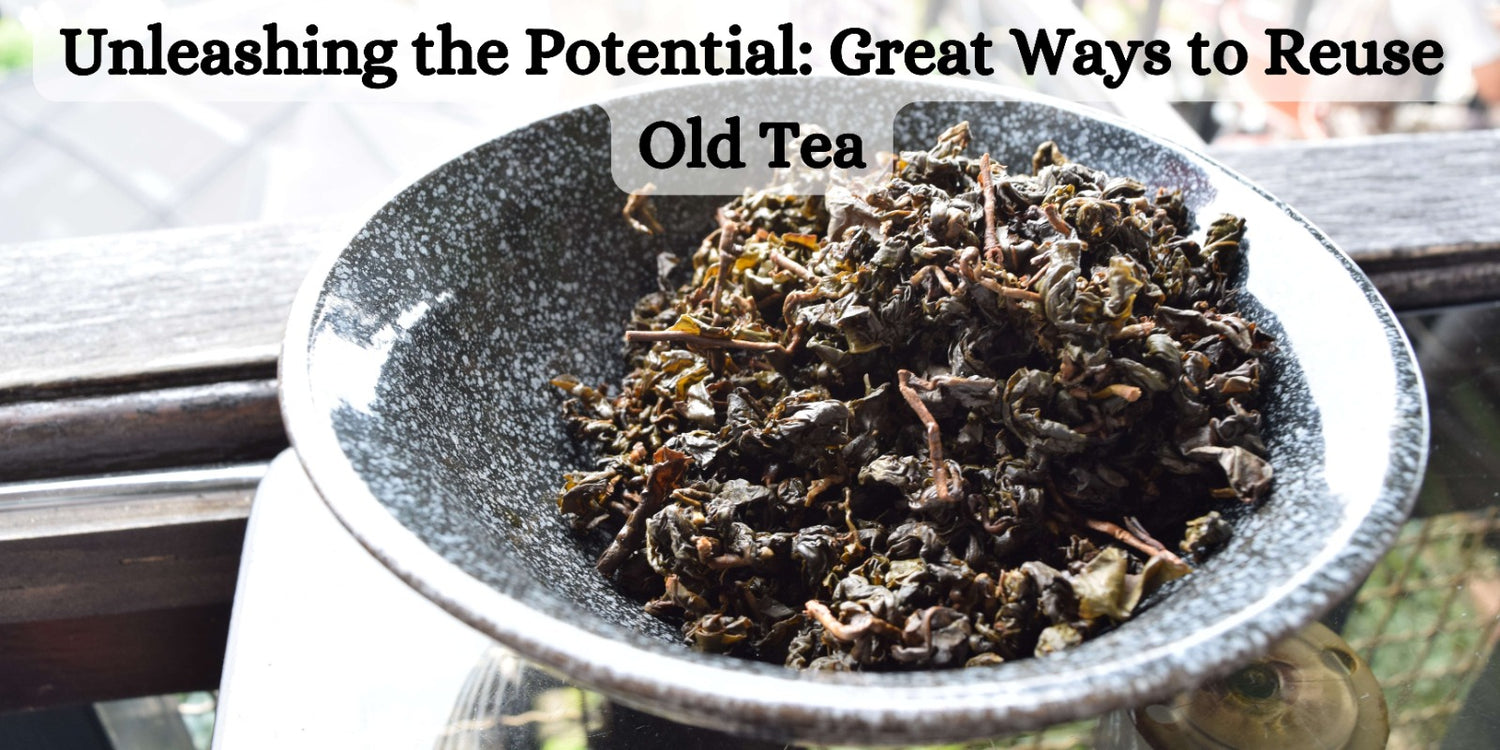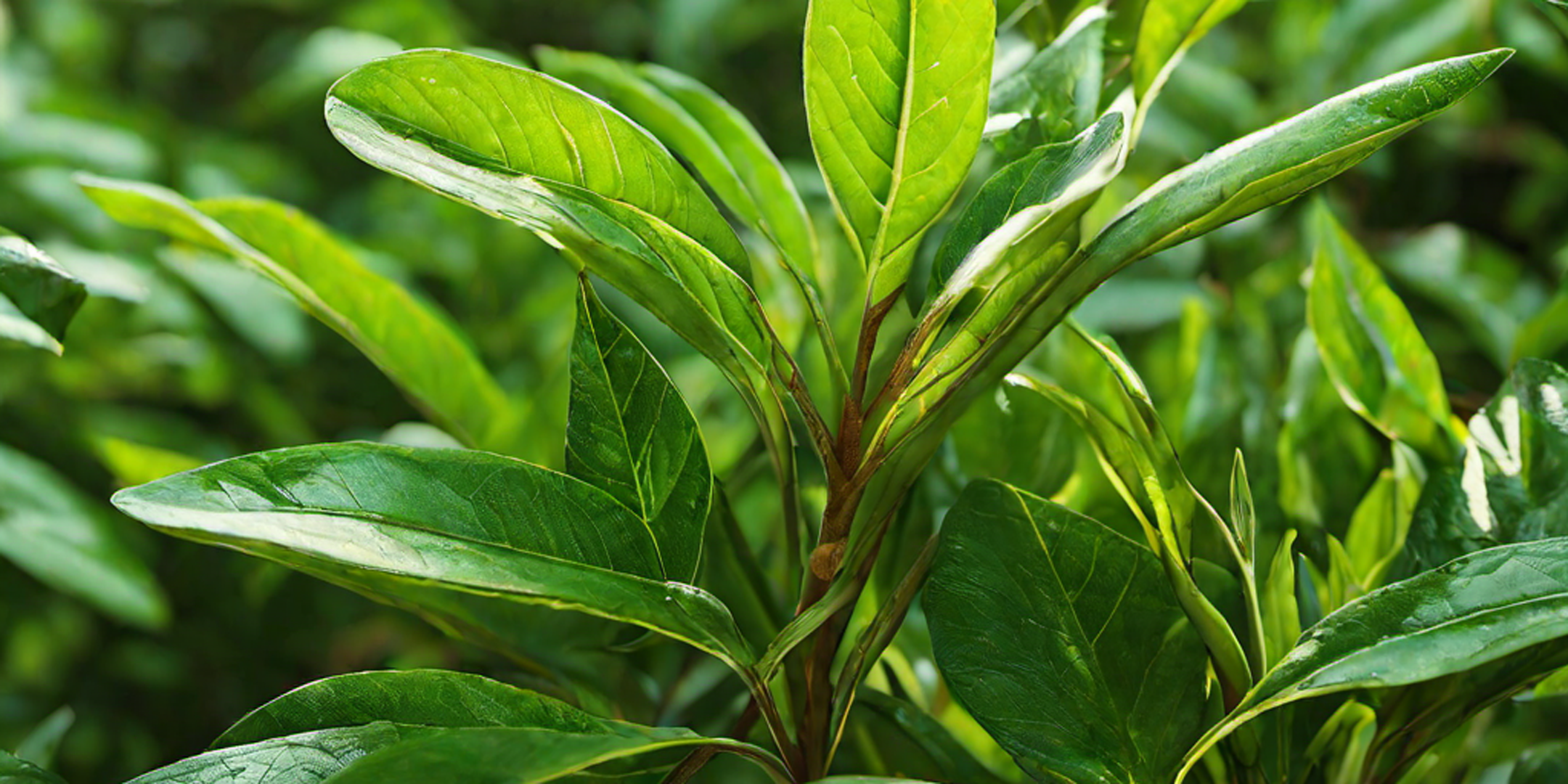Tea, a beloved beverage enjoyed for its comforting warmth and diverse flavors, holds within it a world of possibilities beyond the teacup. When tea leaves or bags have served their primary purpose, they can be repurposed and reused in numerous creative and practical ways. In this comprehensive guide, we will explore the art of giving old tea new life, uncovering a range of innovative and sustainable ways to reuse old tea leaves and bags. Whether you're a tea enthusiast seeking to minimize waste or an eco-conscious individual looking for inventive uses, these great ways to reuse old tea will inspire you to harness the full potential of this versatile ingredient.
Embracing Sustainability: The Art of Reusing Old Tea
A Sustainable Approach to Waste Reduction
Repurposing old tea is a sustainable practice that aligns with the ethos of reducing, reusing, and recycling. By giving old tea a second life, we not only minimize waste but also unlock the hidden potential of tea as a versatile and multifaceted resource.
Unveiling the Benefits of Reused Tea
Old tea, whether loose leaves or used tea bags, retains its inherent properties and characteristics, making it a valuable ingredient for a variety of applications. From household uses to skincare and gardening, reused tea can offer a range of benefits that extend beyond its original purpose.
Household and Cleaning Applications
Natural Air Freshener
Dried tea leaves, especially those with aromatic qualities such as jasmine or bergamot, can be repurposed as natural air fresheners. Simply place the dried leaves in small muslin bags or sachets and tuck them into drawers, closets, or shoes to impart a subtle and refreshing fragrance.
Deodorizing Agent
Used tea bags, particularly those containing black tea, can be dried and reused as deodorizing sachets. Placed in areas prone to mustiness, such as refrigerators, shoes, or gym bags, these sachets can help absorb odors and leave behind a pleasant tea-infused scent.
Surface Cleaner
The tannins and natural oils in tea are effective for cleaning and polishing wooden surfaces, such as furniture and hardwood floors. Brewed black tea can be repurposed as a natural cleaner, offering gentle cleansing properties without the use of harsh chemicals.
Culinary and Beverage Innovations
Flavorful Ingredient in Cooking
Old tea leaves, when ground into a fine powder, can be used as a seasoning or flavor enhancer in cooking. Matcha, for example, can be used to impart a vibrant green color and earthy flavor to baked goods, smoothies, and savory dishes, adding a unique and healthful twist to culinary creations.
Infused Beverages
Leftover brewed tea, whether hot or cold, can be repurposed as a flavorful base for refreshing beverages. Cold-brewed tea can serve as the foundation for iced teas, tea-infused cocktails, or fruit-infused tea waters, offering a refreshing and hydrating alternative to sugary drinks.
Tea-Infused Desserts
Brewed tea, when used as a flavorful liquid component in desserts, can impart its unique taste and aroma to sweet treats. Tea-infused custards, ice creams, and sorbets offer a delightful way to showcase the nuanced flavors of different tea varieties.
Beauty and Skincare Regimens
Soothing Bath Soaks
The antioxidants and natural oils in old tea can contribute to a soothing and rejuvenating bath experience. Adding brewed tea or tea bags to a warm bath can impart a subtle fragrance and offer potential benefits for the skin, creating a spa-like relaxation ritual.
DIY Facial Toner
Tea, particularly green tea, is known for its astringent and antioxidant properties, making it a popular ingredient in natural skincare. Brewed and cooled green tea can be used as a gentle facial toner to refresh and invigorate the skin, offering a natural and cost-effective skincare solution.
Gardening and Plant Care
Natural Fertilizer
Used tea leaves, when incorporated into compost or directly added to garden soil, can enrich the soil with organic matter and essential nutrients. The tannins in tea can also contribute to soil acidity, making it beneficial for acid-loving plants such as roses, camellias, and rhododendrons.
Pest Repellent
The scent and properties of certain teas, such as peppermint or citrus-infused teas, can act as natural pest repellents in the garden. Placing used tea bags in the vicinity of plants or around outdoor seating areas can help deter pests such as ants, mosquitoes, and fruit flies.
Conclusion: Embracing Creativity and Sustainability
In conclusion, the great ways to reuse old tea exemplify the art of creativity, resourcefulness, and sustainability. By repurposing old tea in diverse and innovative ways, we not only minimize waste but also unlock the hidden potential of tea as a versatile and multifaceted ingredient with a myriad of applications.
So, whether you're infusing your home with natural fragrances, enhancing your culinary creations, or nurturing your garden, the world of reused tea invites you to embark on a journey of exploration and eco-conscious innovation. With each repurposed tea leaf or bag, you have the opportunity to embrace sustainability, creativity, and the rewarding practice of giving old tea new life.




